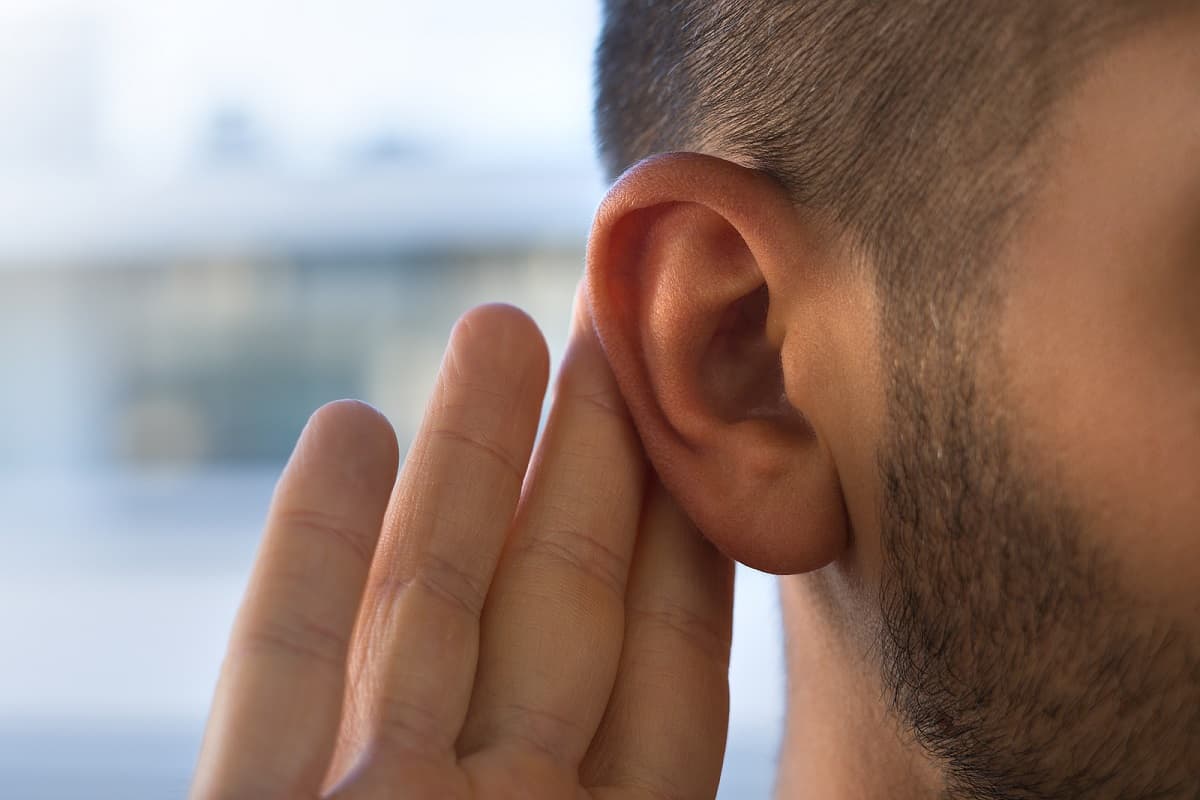- The Future of Hearing Health Research: Promising Breakthroughs - April 18, 2024
- Hearing Health in the Classroom: Strategies for Teachers and Students - April 6, 2024
- The Power of Bluetooth: A New Chapter in Hearing Aids - March 26, 2024
A major trend in parenting is to limit screen time for young folks. Among adults, we’re beginning to notice our own time in front of screens and the way overexposure can lead to harmful impacts like depression and insomnia. Some of us have even implemented timers and app blockers to help wean us off of our social media addictions.
While we’re taking stock of the hours we spend staring at screens, we might also turn our attention to the amount of noise our ears are exposed to daily. The noise level and the amount of time you spend exposed to a given noise together make up the measurement of your daily noise exposure. Over a lifetime, daily noise exposure will lead to hearing loss if not responsibly controlled.
What is daily noise exposure
All of us are exposed to sounds and noise throughout our day. Because we are adaptable creatures, we might notice if something in our environment is particularly noisy, but for the most part we become used to the habitual levels of noise around us.
Anecdotally, you might be able to ascertain your noise exposure without measurement, but that’s where adaptability (considered a strength in terms of evolution) might actually detract from a realistic measurement.
Experts can determine our noise exposure using the measurement unit of decibels, the way we measure sound. Using scientific equipment, they can read the sound environment down to the decibel. This is particularly useful for agencies that regulate workplace safety, to ensure that the volume remains below a dangerous threshold.
How can noise harm hearing
Our system of hearing is impressive in the ways it can hear extremely soft and very loud sounds, from a whisper to a shout. We can also withstand sometimes dangerously loud noise without pain or too much damage in the moment. However, over time these exposures to loud sounds will cause damage to the cells of the inner ear and our levels of healthy hearing will decline.
Noise-induced hearing loss happens when we expose our ears to too loud sounds. In extreme cases, the damage can happen all at once with an explosion or crash. More subtle are the repeated exposures that happen over time, in years or decades.
Sounds above a safe threshold cause a decline in our inner ear cells which are responsible for a lot of the heavy lifting when it comes to our sense of hearing. Located in the inner ear, they receive the noise all around us and turn it into sound information. As electrical signals, this sound information is transported to the brain via the auditory nerve. In the brain’s processing centers, the sound information becomes meaning. As a process, this happens almost instantaneously and subconsciously.
When these inner ear cells are damaged, we lose the ability to hear the full spectrum of sounds we are accustomed to. Certain frequencies are lost first, which is why speech clarity is an initial sign of hearing loss. We simply do not have the equipment to collect those sounds and thus, the sound information does not reach the brain.
Noise levels of daily activities
Hearing health experts suggest that sounds below 85 decibels are safe for our ears. Conversation with others clocks in at about 60 decibels. A tv at a ‘normal’ volume level will probably read at 70 decibels, similar to a vacuum cleaner. We can tolerate those levels of noise all day without damaging hearing health.
However, hair dryers, blenders and lawnmowers all register around 85-90 decibels and exposure should be limited to under 8 hours to sounds of that measure. Other common activities that expose your ears to dangerous levels of sound include recreational environments: movie theaters (90-120 decibels), live music (100-120 decibels) and sporting events (90-120 decibels).
How to measure your noise environment
While it would be wonderful if our televisions and personal devices told us the decibel levels we expose our ears to, they currently do not. Instead, you can install an app on your smartphone to measure your sound environment. DecibelX is an app that gives each person the ability to accurately determine if their hearing health is at risk in any given scenario.
Without that technology, tune into how your ears feel. If you have pain or sounds are muffled, those are good indicators that it’s time to give your ears a break.
Tips for healthy listening practices
Today, our smartphones can help us manage our noise exposure in a way that previous generations didn’t have access to. On an iphone, go to your Health app which has an option to look at Headphone Audio Levels. Displayed in decibels, this app allows you to monitor the actual volumes your personal devices are delivering.
Just as we monitor screen time or time spent on social media, you can also begin to protect your future hearing by paying attention to how loud your devices are. Contact us today!

